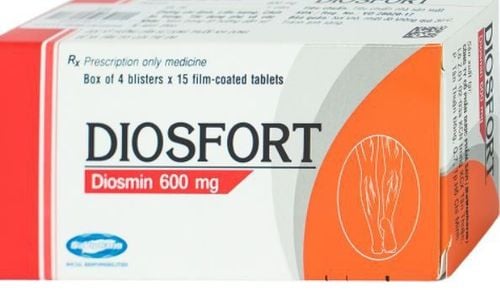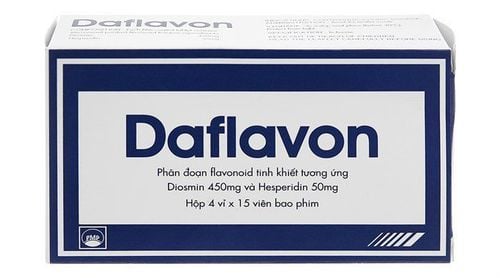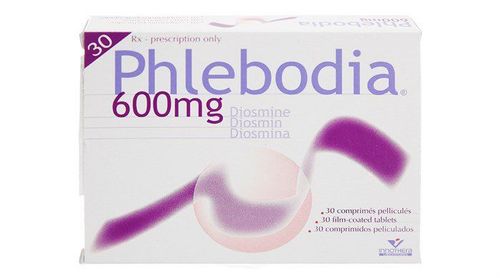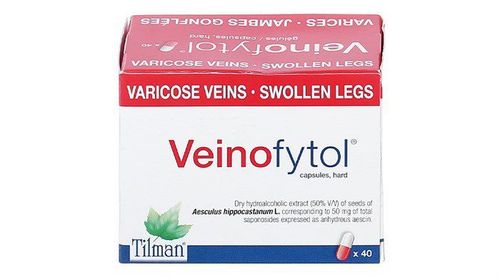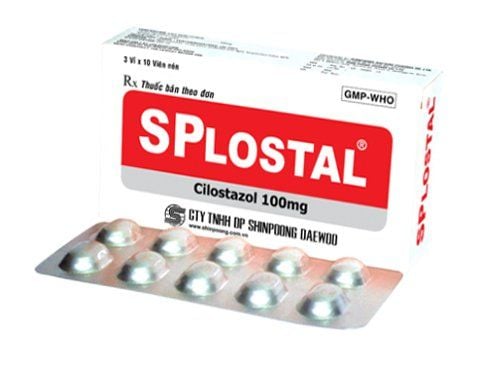This is an automatically translated article.
The article is professionally consulted by Master, Doctor Vu Thi Tuyet Mai - Cardiovascular Center - Vinmec Central Park International General Hospital.
Peripheral vascular disease includes systemic arterial and venous disease distal to the heart. The disease mainly occurs in the extremities, although the disease of the blood vessels is far from the heart, but if not treated early, it can leave serious consequences such as limb ulcers, even amputation due to insufficient blood supply leading to necrosis. death, even death.
1. What is Peripheral Vascular Disease?
Peripheral vascular diseases are lesions or blockages affecting peripheral blood vessels including arteries and veins.Peripheral vascular disease can affect the arteries that supply blood to the head, but most commonly affects blood vessels in the extremities.
Common peripheral vascular diseases include:
Diseases related to arteries: Arterial occlusion, Raynaud's disease, Buerger's disease... Vein-related diseases: Thrombophlebitis, varicose veins ...
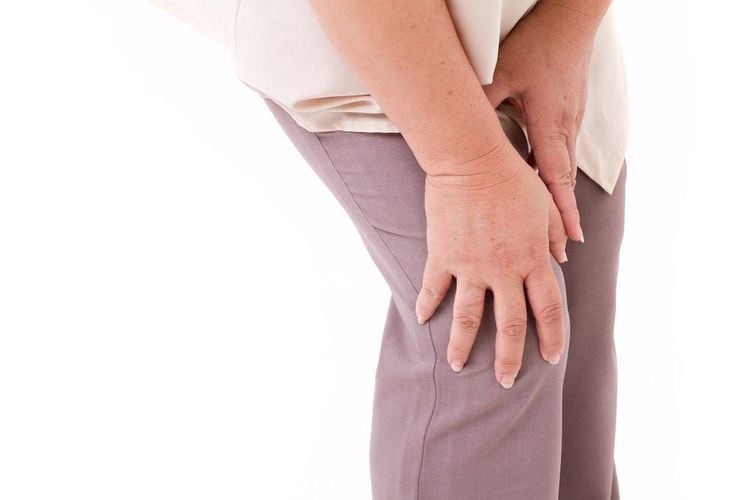
2. Symptoms of peripheral vascular diseases
2.1 Peripheral artery disease 2.1.1 Acute limb artery occlusion Acute limb artery occlusion is a sudden occlusion of a limb artery.Cause
Consequence of atherosclerotic disease, local arterial occlusive inflammation causes arterial damage and then the formation of blood clots causing sudden occlusion. Or due to blood clots, fat, gas... moving from another place to cause embolism.
Symptom
Pain: Pain that radiates to the tip of the limb where the artery is blocked. Paralysis or loss of motor function of the limb with a blocked artery. General condition may include mild or severe shock. The affected limb is cold, decreased or lost sensation, decreased or lost active as well as passive movements. Peripheral pulse pulse weak or absent. This condition, if not detected early, causes regional necrosis due to the damaged artery supplying the damaged limb, which can result in amputation of the necrotic limb and death from septic shock.
2.1.2 Chronic limb artery occlusion Is a gradual and gradual occlusion of the limb arteries
Cause: Mainly due to atherosclerosis, causing the blood vessels to narrow
Symptoms:
Pain: Painful in the calf. Later on, the disease worsened, the pain became more and more severe. Eventually, the pain becomes more frequent while resting, especially at night. Cramps in the calf appear along with signs of pain. The pulse on the injured limb is weaker than on the healthy side. Injured limbs may show signs of lack of nourishment such as edema, cold extremities, sores... 2.1.3 Buerger's disease Also known as vascular thromboembolic disease, is a common disease in blood vessels. Small and medium-sized hands and feet.
Cause: The exact cause of the disease is still unknown, but it is found to be more common in men aged 20 to 50 years than in women, related to smoking status.
Symptoms:
Feeling cold, numb fingers or hands, feet Pale, red or purple fingers and feet Burning pain in the hands and feet is an important symptom of pain that increases at night. The extremities lack nourishment, so they often feel cold and slightly swollen. The above symptoms increase when the hands are raised and the feet are cold. Worse when the blood vessels are not supplied enough, causing ulcers in the extremities, necrosis if the anemia persists.
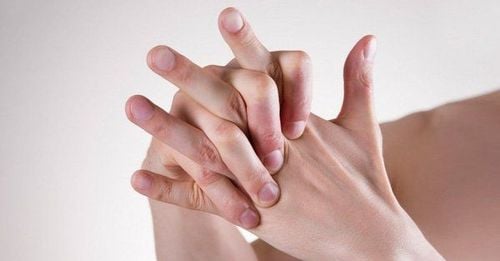
Symptoms:
Change in skin color: When experiencing cold or stress, blood vessels constrict, reducing blood circulation, so the skin of fingers and toes often turns white, then turns blue, red and purple swollen. The ears, the tip of the nose or the nipples are other areas that can be affected along with the hands and feet. Later, when circulation returns, the fingers will restore their normal color with a burning sensation. Sensory disturbances: Affected areas will experience numbness and pain, which occurs in tandem with changes in skin color. Ulcers and necrosis: Repeated vasoconstriction can lead to a lack of blood supply to the affected areas, eventually producing skin ulcers and gangrene. However, this sign rarely occurs. 2.2 Peripheral vein disease 2.2.1 Superficial varicose veins Cause: The disease is not clear, but there are a number of related factors such as:
The rate is higher for those with a family history of the disease. varicose vein . The elderly People who are overweight and obese People who have to stand for a long time Symptoms:
The superficial veins of the lower extremities are dilated, stretched, tortuous Symptoms of nutritional disorders of the lower extremities: Ulcers, skin pigmentation disorders ... Feeling of heaviness in the legs, leg pain, numbness in the legs, or cramps, slight swelling around the ankles, or itchy skin in the legs.. The symptoms are obvious when standing for a long time, sitting for a long time and decreasing when the legs are high. 2.2.2 Phlebitis Symptoms include superficial phlebitis and deep phlebitis:
Superficial phlebitis: In the inflamed vein, there are signs of swelling, heat, redness and pain when touching the veins hard, very painful. Accompanied by fever and fatigue. Deep vein thrombosis: The most obvious manifestation of pain, leg edema, purple, may be accompanied by fever and fatigue. For this disease can form thrombus, if the thrombus moves, it can cause severe embolism, especially pulmonary embolism, this is a dangerous complication that can be fatal. Symptoms of peripheral vascular disease are often difficult to recognize. It is known that, in some cases, the symptoms are not obvious, but the disease can cause many serious complications. Should periodically check on people at risk and when detecting signs of peripheral vascular disease, medical facilities should be examined, diagnosed and treated early, limiting dangerous complications.
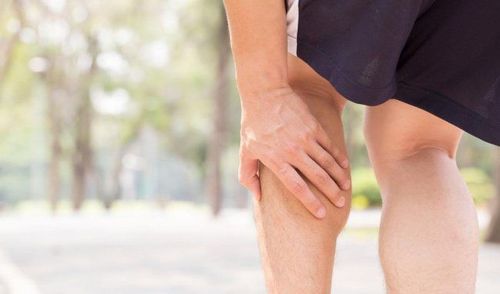
Master - Doctor Vu Thi Tuyet Mai has over 13 years of experience in the diagnosis and treatment of cardiovascular diseases. The doctor has participated in training courses at home and abroad at the University of Medicine and Pharmacy in Ho Chi Minh City. Ho Chi Minh City, NTUH National Taiwan University Hospital, The Prince Charles Hospital, Australia,..
Please dial HOTLINE for more information or register for an appointment HERE. Download MyVinmec app to make appointments faster and to manage your bookings easily.





